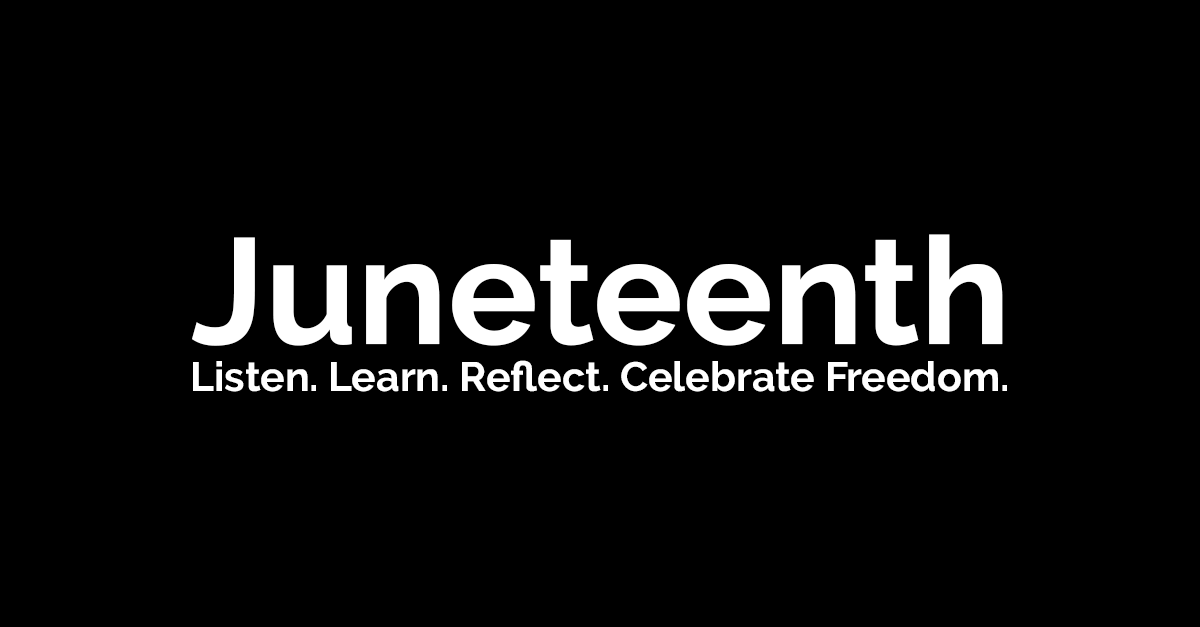
Juneteenth
June 19, 2020
A Day in the Life of an Intern
October 16, 2020
Juneteenth
June 19, 2020
A Day in the Life of an Intern
October 16, 2020What to Know Right Now: Supporting Media Needs in the Pandemic Era
In today’s digital world, the media landscape is much more fluid than solid – and never more so than in the COVID-19 era.
Our media relations specialist Kirsten Peterson recently shared her tips on pitching during the pandemic, and in that spirit, we’d like to continue the conversation with some insights around how we’re advising clients on executing PR strategy tuned for this moment.
As a firm with two main pillars — consumer and tech — we know that trends within these sectors are different. Following are four key takeaways on how to support media needs in response to shifting realities — two for tech and two for consumer — around what our teams have learned as we continue to navigate the changing media landscape:
Buying habits – if you can eat it, cook it, or drink it, consumers want to know about it:
People are shopping online more than ever, but what they are buying has completely shifted. For example, sales of at-home meal delivery services and cooking tools have skyrocketed, while sales of travel goods such as suitcases have plummeted. Consumer media have adjusted their reporting accordingly to meet reader needs, leaning into topics such as easy at-home recipes and quarantine workout tips. For PR professionals, this kind of trend tracking is a must to ensure pitches are relevant and timely.
Product has to actually be available online:
Make sure the products you are pitching are available online before reaching out to editors. Consumers must be able to purchase products from home, as many physical retailers remain closed and consumers are wary of unnecessary public outings. Work with clients to make sure products are available on sites like Amazon and keep online product locators up to date. Additionally, editors often want to try a product for themselves before recommending it to readers. Check in with clients on warehouse supplies and shipping availability before conducting outreach so you know whether samples are available to be sent out. And always make sure that reporters are open to receiving packages before sending and communicate with them about the option for contactless delivery where possible.
Tech PR, on the other hand, doesn’t rely as heavily on a physical connection with media to share information. Instead, it’s important to focus on how tech clients are improving the lives and efficiencies of enterprises and consumers in this new world order.
Messaging, brand purpose and problem-solving matter:
We know that consumers are drawn to — and loyal to— brands they feel have a positive impact. Especially now, studies show that brands that do not actively demonstrate their commitment to easing the burden of the pandemic risk losing consumer trust. PR professionals have quickly and completely reshaped brand messaging to ensure that brand purpose shines through to reassure audiences. When pitching on behalf of a client, ask yourself if the product or service you’re pitching is helpful or necessary. Think about what you would find helpful while you work from home or as you try to avoid getting sick. For example, we have seen that any clients that can support connectivity for consumers during this time have been well-received by both media and consumers. Such thinking is as relevant for B2B tech companies as it is to B2C.
Think strategically about your virtual conference:
Events, conferences and trade shows are an important thought leadership tactic across our corporate and tech accounts. As a result of COVID-19, many are shifting to a virtual format. For PR professionals, conferences (even virtual ones) continue to be excellent ways to showcase your clients as experts in their fields. Yet, Forrester has advised thoughtfully weighing what exactly audiences get out of these conferences – and considering how that can be replicated online – before committing to digital events. Media attendance can be low, and you may not be able to build relationships with attending journalists as you would at an in-person event. One advantage: Archivable sessions can help combat short attention spans.
More than anything, as brands begin to relaunch PR strategies and brand activations, it remains important to be sensitive to reporters’ situations by looking at their recent coverage and social posts. Bear in mind that beats may have shifted as outlets cover COVID-19, the Black Lives Matter movement, and other daily news. Additionally, many outlets have resorted to furloughs and layoffs. Overall, be smart about who you are reaching out to and keep flexing.
By: Rebecca Rohn and Nadav Friedmann-Grunstein